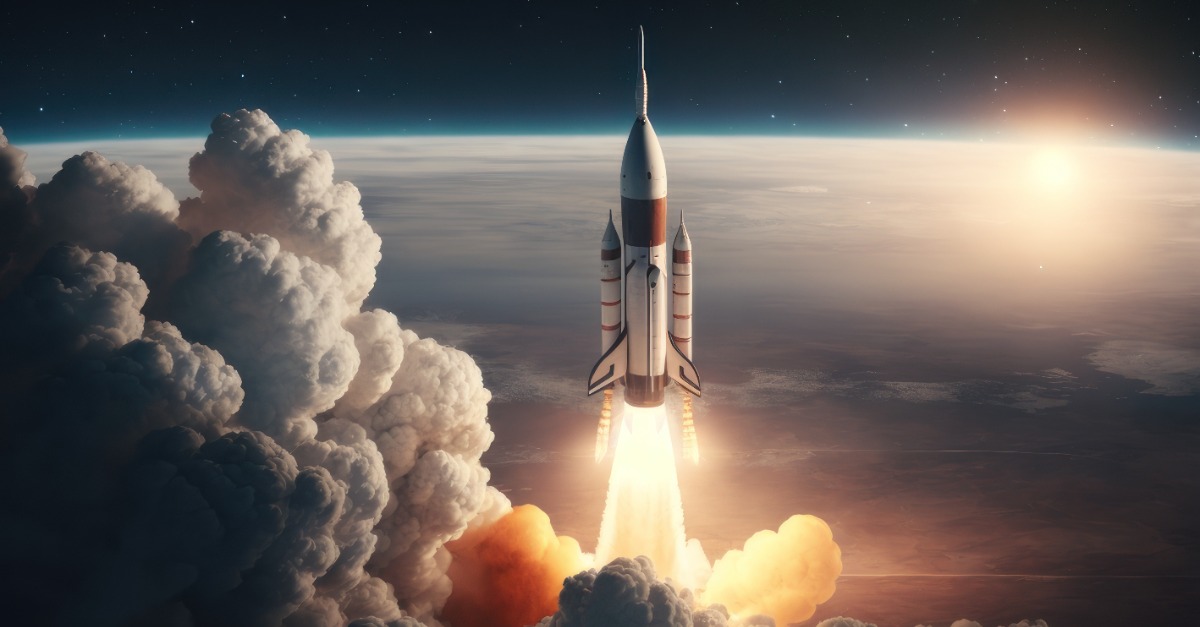10/08/2023 (Japan) - Japanese launch startup Interstellar Technologies had been preparing for a static fire test later that year, setting the stage for the eventual orbital launch of its Zero rocket in 2025.
The Zero rocket, designed to carry nearly one metric ton to low-Earth orbit, was poised to address the growing demand for small satellite launch capacity, not only in Japan but globally. Keiji Atsuta, Interstellar's business development general manager, expressed confidence that the Zero rocket had the potential to revolutionize the market.
Interstellar had progressed from developing and launching suborbital rockets to undertaking the ambitious task of creating an orbital rocket. Their suborbital rocket, Momo, had successfully reached space on three occasions.
Originally designed to launch a 100-kilogram payload to low Earth orbit from 2020, Interstellar recalibrated its plans due to limited demand for vehicles of that size. This led them to shift their focus toward developing a larger rocket.
The Zero rocket, measuring 25 meters in length with a diameter of 1.7 meters, shared similarities in size with the Rocket Lab Electron. It was set to launch from Japan's Hokkaido Spaceport, offering versatile launch trajectories to the east and south.
Interstellar aimed to cater to the demand for small satellite launches, primarily from space agencies and universities across Asia, Australia, and New Zealand.
Beyond the Momo suborbital rocket and Zero rocket, Interstellar's future plans encompassed the development of Deca, a substantial launch vehicle scheduled for operations in the 2030s.
In a notable announcement made in July, Interstellar disclosed its intention to fuel the Zero rocket with liquid biomethane, a sustainable fuel derived from livestock manure.



